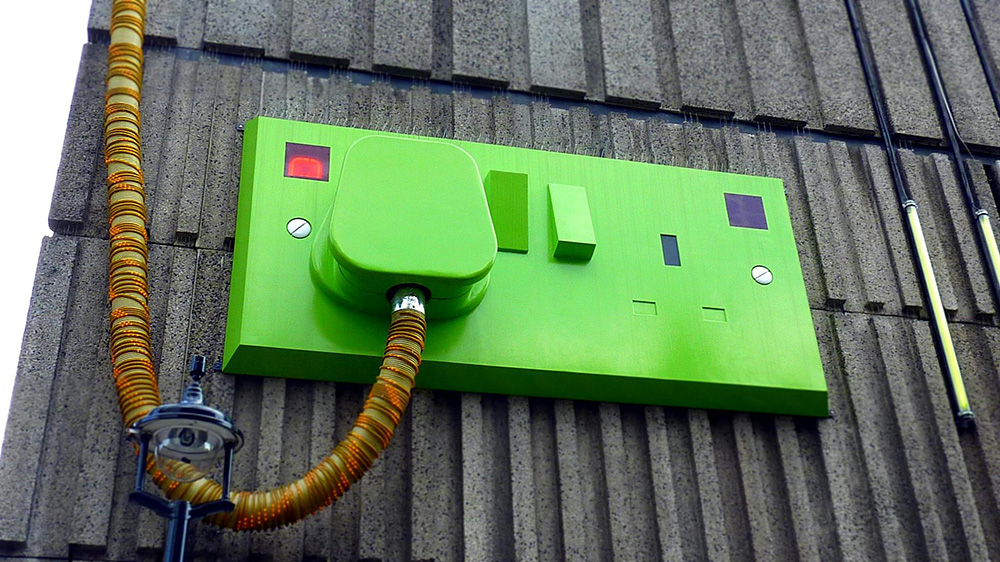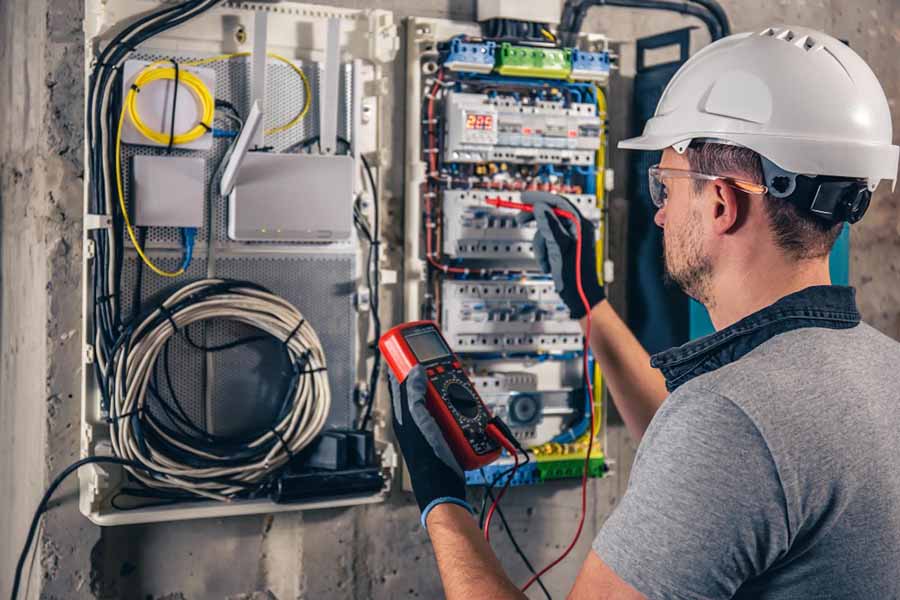Electrical contractors and utilities operate on the cutting edge of consumer expectations: when the lights flicker or a breaker breaks, homeowners want someone to explain, reassure, and dispatch a crew right away. Simultaneously, competition for new installations, solar conversions, and large-scale maintenance contracts is tight, leaving little opportunity for misallocated labour or after-hours phone service. Business-process outsourcing (BPO) and specialised call-center partners address both sides of the equation, transforming customer care and client acquisition into always-on, skilfully run engines while your field staff focus on safe, profitable technical work. South Africa’s rapidly increasing BPO sector, which employs over 270 000 people and is recognised as one of the world’s top three offshore CX locations, adds another layer of cost effectiveness and service quality to the mix.
24/7/365 availability when outages disrupt office hours
Partnering with an electrical-savvy call centre provides your clients with a live, empathic voice after midnight, on weekends, and during load-shedding events. Energy and utility contact centre specialists such as Global Response and Invensis create scripts for outage reporting, billing enquiries, and emergency dispatch, ensuring that customers reach a knowledgeable agent in minutes rather than voicemail.
Real, bankable cost savings
Outsourcing is more than simply a convenience move; it significantly helps the bottom line. According to an ISG Market Lens analysis of over 400 organisations, BPO programs result in average savings of 15% compared to performing the identical activities in-house, as well as an 11% improvement in quality performance. Deloitte’s Global Outsourcing Survey confirms the trend: 57% of executives claim cost reduction as their major reason for outsourcing, followed by 51% who want new capabilities and 49% who seek more agile operating methods. For cash-strapped contractors, the margin can cover extra technicians, new test equipment, or fleet upgrades – all without boosting prices.

Allow electricians to focus on watts, not headsets
Every hour a qualified electrician spends scheduling service windows, pursuing invoices, or answering warranty concerns is not billable time. Outsourced CX teams handle repetitive administrative tasks such as inbound calls, live chat, email tickets, and even warranty registrations. Your in-house team is redirected to core engineering work – designing switchgear, conducting safety assessments, or upselling energy-efficient retrofits – where their knowledge earns premium fees and boosts client satisfaction.
A dedicated sales and lead engine.
Modern call centre providers do more than just answer phones; they also execute outbound campaigns, qualify digital leads, and schedule appointments directly in your CRM. Utility-focused vendors, such as SAS Call Centres and OnBrand24, use experienced agents to promote periodic tune-ups, solar panel inspections, and generator installations, nurturing leads until they are ready for a site visit. Because such agents operate at scale (300+ seats is typical), your marketing expenditure converts faster and more predictably than when office staff “grab calls between jobs.”

Integrated scalability for storm surges and project spikes
Thunderstorm damage, construction booms, and regulatory deadlines for smart-meter swaps are all examples of unpredictable demand in the electrical industry. Leading BPO firms promise overflow capacity within hours, spinning up more seats to keep hold times low even if call demand quadruples. According to analysts at CGS and CallCenterPower, elastic resourcing, combined with variable pricing structures, will be a major reason organisations outsource contact-center work in 2025.
No need to purchase technology or analytics.
Top-tier BPO partners include AI-powered IVRs, outage-mapping dashboards, voice analytics, and secure billing gateways in their monthly fees. Instead of investing in new telephony, you leverage enterprise-grade technologies that highlight voltage-related terms, route high-value prospects to senior agents, and surface CX data that can be fed back into maintenance planning. ContactPoint360, for example, advertises “AI-powered, secure, scalable utilities support” for this same reason.
Why is South Africa a perfect shore for electrical CX?
If cost, quality, and cultural fit important, BPO Companies in South Africa have created hubs in Cape Town, Durban, and Johannesburg tick all the boxes.
- Skilled, English-first talent pool – with rapid recruiting capability; CapeBPO reports over 60,000 people in international seats, with 10,500 new roles added in
- Accent neutrality & empathy-led CX – surveys show that SA centres have 18% higher customer satisfaction than colleagues in India or the Philippines.
- 2023/24 alone.
- Time-zone overlap – with Europe and a simple split-shift for North America allow a single team to cover both hemispheres without paying night premiums.
- Exchange-rate advantage – Fully-loaded operational expenses are approximately 11% lower than the worldwide average and up to 60% lower than on-shore UK/US delivery.
With strong data-protection rules (POPIA is GDPR-compliant) and government incentives for global-business-services investment, the location becomes difficult to beat.

Proven Quality Gains and Compliance Peace of Mind
Beyond the headline savings, the ISG study found a 11% increase in quality metrics when processes were delegated to BPO specialists, essential when dealing with safety-critical information such as outage reports or meter-tamper alarms. Established suppliers also include ISO 27001-certified security, GDPR/POPIA compliance, and disaster recovery sites, protecting your brand and keeping regulators pleased without adding extra paperwork to your workload.
Roadmap for a Successful Outsourcing Partnership
1. Organise your workflows – Divide high-value engineering jobs from repeatable contact-centre or back-office operations (invoicing, warranty claims, lead follow-up).
2. Shortlist sector-experienced vendors – If you serve multilingual territories, prioritise providers with utility/energy references, NERC-CIP familiarity, and bilingual capabilities.
3. Pilot, then scale – Begin with after-hours help or a single outbound campaign; track KPIs (first-call resolution, appointments scheduled, conversion rate) before expanding the deployment.
4. Securely integrate systems – Use APIs or middleware to ensure that tickets flow into your existing CRM, field-service, or ERP stack while keeping a single source of truth.
5. Review quarterly – Conduct joint performance reviews, verify compliance logs, and fine-tune scripts as new services (EV charger installations, smart-home integration) go live.
The Bottom Line
Electrical firms that view customer service and lead generation as strategic, specialist services rather than administrative tasks win more deals and keep happy customers. Outsourcing such operations to a professional BPO and call centre partner provides 24-hour availability, real cost savings, elastic capacity, and data-rich insights, all while your electricians remain on the job. With South Africa’s award-winning BPO ecosystem providing favourable economics and world-class CX, there has never been a better moment to integrate your company into an outsourced model that keeps the electricity on – and the income growing.


















